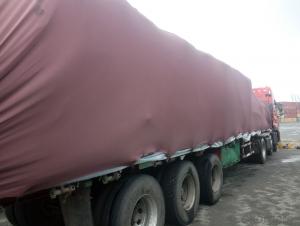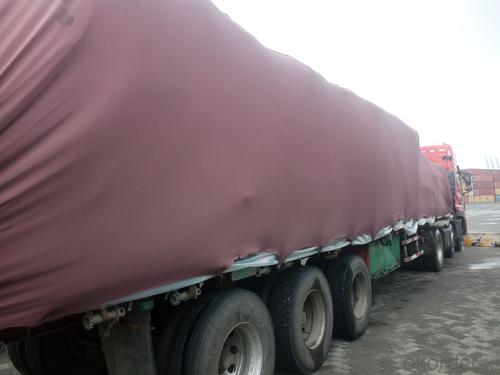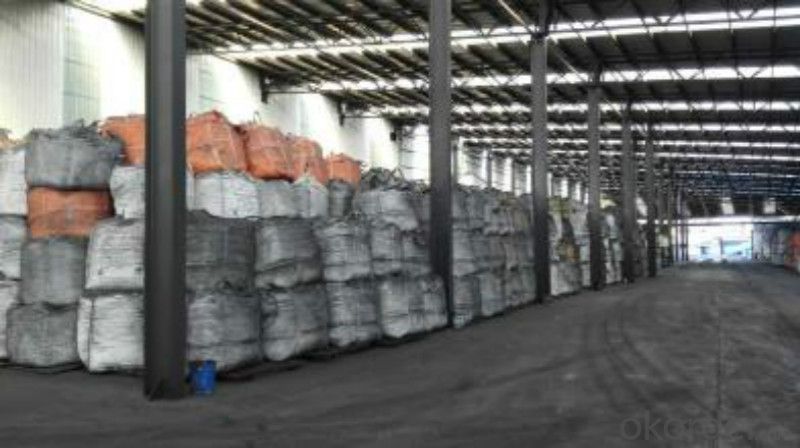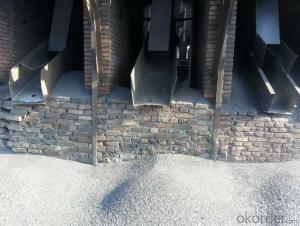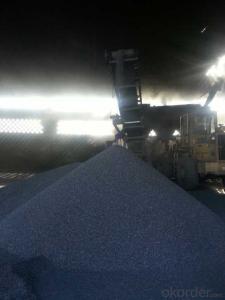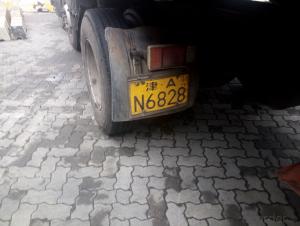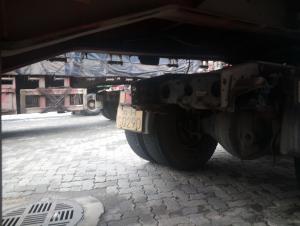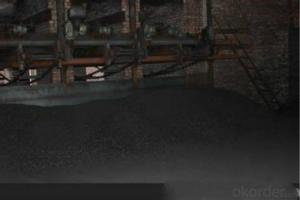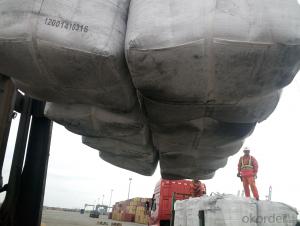Calcined Pitch Coke with size 0-10mm 90%min
- Loading Port:
- Tianjin
- Payment Terms:
- TT OR LC
- Min Order Qty:
- 21 m.t.
- Supply Capability:
- 8000 m.t./month
OKorder Service Pledge
OKorder Financial Service
You Might Also Like
Introduction
Pitch Coke/Coal Tar Pitch is a kind of black brittleness and blocky piece, lustrously at normal temperature. It has special odour and poisonous and can be easily flame when melting, second-grade inflammable solid.
Pitch Coke/Coal Tar Pitch is obtained from powerfully processed coal tar. Compared to petroleum asphalt, the adhesiveness is better. Coal Tar Pitch is high quality tar production with high fixed carbon. It has excellent adhesion, waterproofing and resistance against seawater, oil and various chemicals. In these properties, it is much better than petroleum asphalt tar.
It can be used to produce painting, electrode, pitch coke, and tar felt. It also can be used as fuel and the raw material of asphalt carbon black.
Features:
The morphology, chemistry and crystallinity of recarburisers have a major impact on the overall casting cost. The combined application and cost benefits, which are derived through the use of Desulco, enable foundries to manufacture castings in a highly cost effective manner.
reduces
Recarburiser consumption
Power consumption
Inoculant consumption
MgFeSi consumption
Furnace refractory wear
Scrap rate
Tap to tap time
Slag inclusions risk
Chill
increases
Casting microstructure
Productivity
Process consistency
Carbon Recovery
Compared with calcined petroleum coke, acetylene coke and
graphite electrode scrap, Desulco yields the highest carbon
recovery and fastest dissolution time
Specifications:
CPC | |||
F.C.% | 98.5MIN | 98.5MIN | 98MIN |
ASH % | 0.8MAX | 0.8MAX | 1MAX |
V.M.% | 0.7 MAX | 0.7 MAX | 1 MAX |
SULFUR % | 0. 5MAX | 0. 7MAX | 1MAX |
MOISTURE % | 0.5MAX | 0.5MAX | 1MAX |
Pictures:
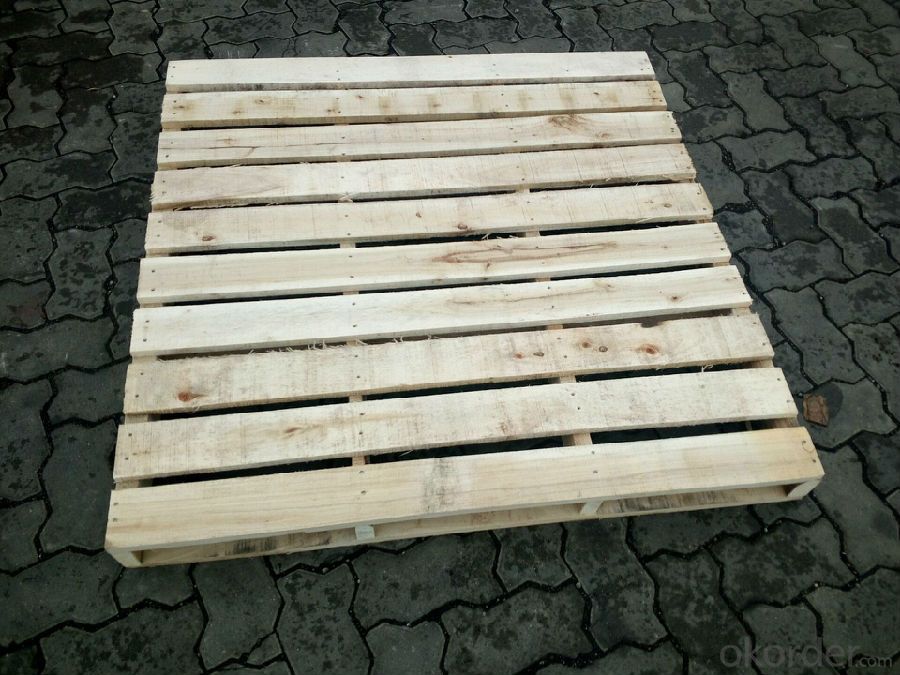
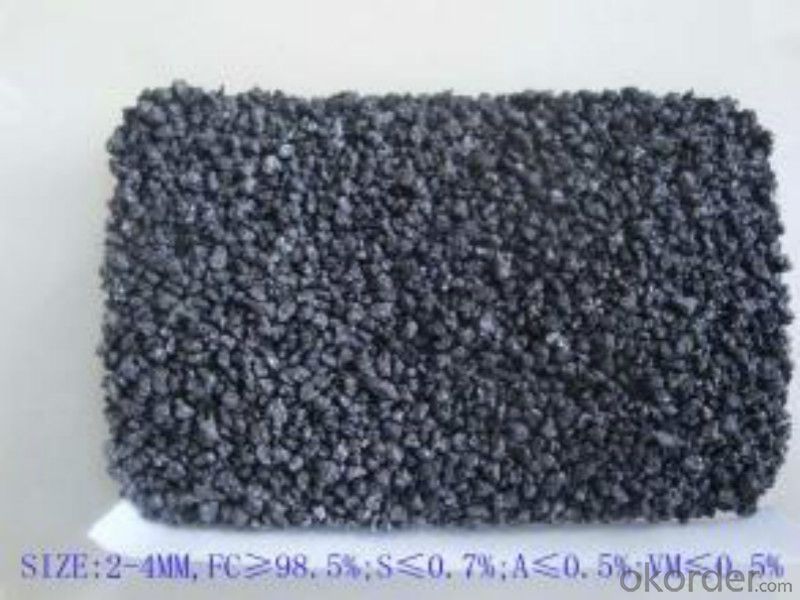

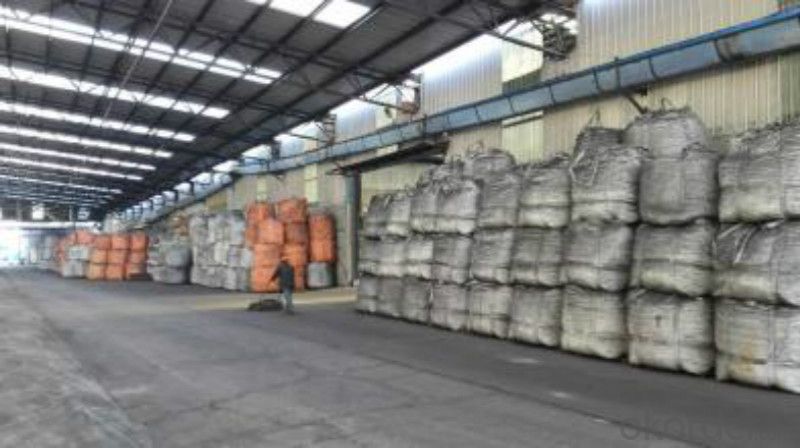
FAQ:
1.MOQ:2 Containers |
2.Size:1-3mm,1-5mm,2-6mm,3-5mm and as the customer's requirement |
3.Packing: 1 ton jumbo bag or 25kgs paper in bag |
4.Payment:T/T or L/C at sight |
5.Delivery time: within 15 days after receiving the deposit |
6.Usage: it is as carbon raiser,widely used in steelmaking,casting,casting iron,steel foundry,aluminum metallury. |
- Q: What are carbon credits and how do they work?
- Carbon credits are a market mechanism designed to reduce greenhouse gas emissions. They work by assigning a monetary value to each ton of carbon dioxide or other greenhouse gases that are not released into the atmosphere. This value is assigned through a process called carbon offsetting, which involves investments in projects that reduce emissions, such as renewable energy projects or reforestation initiatives. These projects generate carbon credits, which can be bought and sold by companies or individuals to offset their own emissions. By purchasing carbon credits, entities can effectively compensate for their own carbon footprint and contribute to global efforts in mitigating climate change.
- Q: How does carbon contribute to the hardness of steel?
- The hardness of steel is enhanced by carbon through a process called carbonization. By introducing carbon atoms into the iron lattice of steel, interstitial solid solutions are formed, resulting in distortion of the lattice. This distortion hinders the easy sliding of iron atoms, thereby increasing resistance to deformation and enhancing the hardness of the steel. The strength and hardness of steel are further enhanced by increasing the carbon content, but only up to a certain limit. Nonetheless, excessive carbon can render the steel brittle, thus it is crucial to strike a balance to attain optimal hardness without compromising other properties of the steel.
- Q: How does carbon impact the structure and function of ecosystems?
- Carbon plays a crucial role in shaping the structure and function of ecosystems. It is a fundamental building block of life and is involved in various biological processes. Carbon is the primary component of organic matter, such as plants, animals, and microorganisms, which form the basis of food webs and provide energy to other organisms. Carbon dioxide (CO2) is also an essential greenhouse gas that regulates the Earth's temperature. Through photosynthesis, plants absorb CO2 from the atmosphere and convert it into organic carbon compounds, releasing oxygen as a byproduct. This process not only fuels the growth of plants but also maintains the balance of atmospheric gases, supporting life on Earth. Additionally, carbon influences the cycling of nutrients within ecosystems. Decomposition of organic matter by decomposers releases carbon back into the environment, enabling its reuse by other organisms. This carbon cycling is vital for nutrient availability and contributes to the overall productivity of ecosystems. However, human activities, such as burning fossil fuels and deforestation, have significantly increased carbon dioxide levels in the atmosphere. This excess carbon disrupts the natural balance, leading to climate change and its associated impacts on ecosystems. Rising temperatures, altered precipitation patterns, and ocean acidification are some of the consequences of increased carbon emissions, which can negatively affect the structure and function of ecosystems, including biodiversity loss, habitat degradation, and disrupted ecological interactions. In summary, carbon is essential for the structure and function of ecosystems. Its involvement in energy transfer, nutrient cycling, and climate regulation highlights its significance in maintaining ecological balance. However, the excessive release of carbon dioxide by human activities has detrimental effects on ecosystems, emphasizing the need for sustainable practices to mitigate these impacts.
- Q: Which is better, 13 and 14 carbon breath tests?
- According to your case, carbon 14 is cheaper than 13, and the accuracy is the same
- Q: Appearance, hardness, electrical conductivity, use of carbon 60
- C60 is a molecule composed of 60 carbon atoms in the molecule, it is like football, so also known as footballene (C60. This material is composed of C60 molecules, rather than by the atoms.) C60 is simply made of carbon atoms with stable molecules, it has 60 vertices and 32 sides. The 12 is Pentagon and 20 hexagon. Its molecular weight is about 720.
- Q: How are carbon fibers produced?
- Carbon fibers are produced through a multi-step process known as carbonization, where a polymer precursor material, usually made from polyacrylonitrile (PAN) or pitch, is heated and chemically treated to remove non-carbon elements. The resulting material is then subjected to high temperatures in an oxygen-free environment, transforming it into a carbon-rich fiber. This process creates strong, lightweight carbon fibers with excellent mechanical properties, making them ideal for various industrial applications.
- Q: What are the impacts of carbon emissions on human health in developing countries?
- The impacts of carbon emissions on human health in developing countries can be significant. Exposure to high levels of carbon emissions, particularly from sources such as vehicle exhaust, industrial pollution, and inefficient cooking fuels, can lead to various health problems. These include respiratory issues like asthma, bronchitis, and lung cancer, as well as cardiovascular diseases, allergies, and compromised immune systems. Additionally, carbon emissions contribute to the formation of smog and air pollution, which further worsen these health conditions. Developing countries often lack the resources and infrastructure to effectively mitigate these emissions, making their populations more vulnerable to the adverse health effects of carbon emissions.
- Q: Why is the longer the carbon chain, the better the hydrophobic properties?
- Alkyl chains, low in polarity, insoluble in water...... Release53 (TA station) of all alkanes alkane chain containing even chemical bonds are sigma bond, charge distribution in the molecule is not very uniform, the movement process can produce instantaneous dipole moment, but the total dipole moment is zero, non polar molecules. According to the similarity principle of compatibility, alkane in general can only be dissolved in carbon tetrachloride, like hydrocarbons and other non polar solvent, so the more you long alkane chain, as hydrophobic groups, then you must material hydrophobicity and better advice and look at textbooks still need some basic theory of organic.
- Q: How is carbon used in the production of nanoelectronics?
- The production of nanoelectronics involves the diverse utilization of carbon. One of the most notable applications is seen in the creation of carbon nanotubes (CNTs), which are cylindrical structures composed solely of carbon atoms. These nanotubes possess exceptional electrical and mechanical properties that render them highly suitable for incorporation into nanoelectronic devices. CNTs can serve as transistors, which serve as the fundamental building blocks of electronic circuits. Due to their diminutive size and outstanding electrical conductivity, CNT transistors have the capacity to generate high-performance, low-power devices. Consequently, they hold the potential to supplant conventional silicon transistors, thus enabling the development of more sophisticated and compact electronic devices. In addition, carbon plays a pivotal role in the production of graphene, a single layer of carbon atoms arranged in a two-dimensional honeycomb lattice. Graphene exhibits extraordinary electrical conductivity, thermal conductivity, and mechanical strength. Consequently, it can function as a conductive material in nanoelectronics, thereby facilitating the creation of swifter and more efficient electronic devices. Moreover, carbon-based materials can be employed in nanoelectronics for energy storage purposes. For example, carbon nanotubes and graphene can be harnessed in supercapacitors, energy storage devices that possess the ability to rapidly store and discharge substantial amounts of electrical energy. These carbon-based energy storage systems hold the potential to revolutionize the realm of portable electronics and electric vehicles. In conclusion, the extensive utilization of carbon in the production of nanoelectronics can be observed. Its distinctive properties, including heightened electrical conductivity, mechanical strength, and thermal conductivity, render it an ideal material for the advancement of high-performance electronic devices. Carbon nanotubes, graphene, and other carbon-based materials serve as crucial components in the fabrication of nanoelectronic devices, thereby enabling progress in computing power, energy storage, and the miniaturization of electronic components.
- Q: I saw a cell phone in the magazine, the global release of 900, no camera, what function is F1 carbon fiber material, actually sold 40000 yuan a piece!.. Everyone said that the circulation is so small, worth so much money? Or carbon fiber material worth so much money?
- See where, in a car for example transformation kit, with super run even if the civil area shape roughly the same but the price difference, if you feel that things are expensive, natural carbon prices go up, in fact carbon species layout production process characteristics of professional strength lot, do not understand
Send your message to us
Calcined Pitch Coke with size 0-10mm 90%min
- Loading Port:
- Tianjin
- Payment Terms:
- TT OR LC
- Min Order Qty:
- 21 m.t.
- Supply Capability:
- 8000 m.t./month
OKorder Service Pledge
OKorder Financial Service
Similar products
Hot products
Hot Searches
